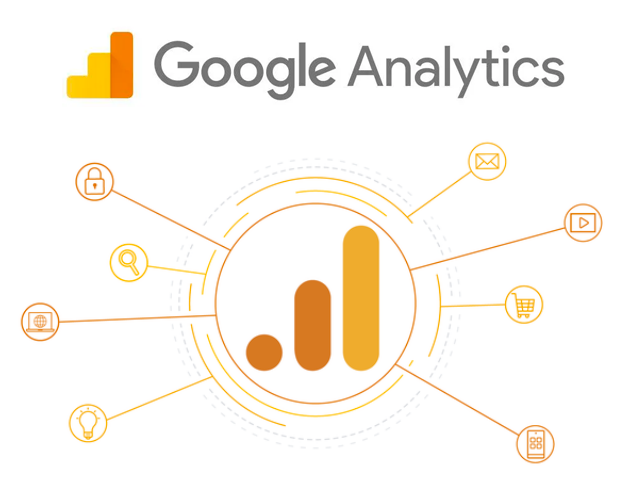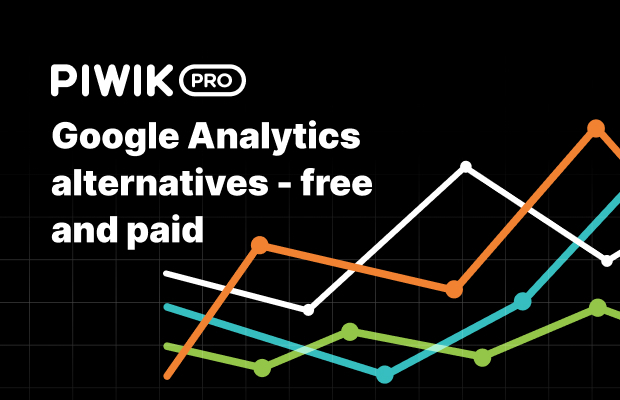Everything You Need to Know About When Does the Google Analytics Tracking Code Send an Event Hit to Analytics
Everything You Need to Know About When Does the Google Analytics Tracking Code Send an Event Hit to Analytics
Blog Article
Maximize Your Web Site Efficiency With Google Analytics Tracking Code
In the digital landscape, recognizing customer communications with your web site is critical for optimization. By integrating the Google Analytics tracking code, you can open a riches of information relating to visitor behavior, allowing you to check necessary metrics and recognize prospective locations for improvement. This critical application not just educates your decisions however also leads the method for an extra appealing customer experience. Nevertheless, the genuine difficulty depends on effectively examining this information and translating insights right into actionable methods. What steps can you take to guarantee you are totally leveraging these understandings for optimum performance?
Recognizing Google Analytics
Comprehending Google Analytics is vital for site proprietors and marketing experts aiming to maximize their on the internet existence. This powerful tool gives critical insights into user habits, enabling stakeholders to make data-driven choices. By tracking numerous metrics, such as page sights, bounce rates, and user demographics, Google Analytics helps recognize which elements of a website are doing well and which need renovation.
Among the vital features of Google Analytics is its ability to sector information. Customers can analyze website traffic resources, user interaction, and conversion prices throughout different sectors, such as geographical places or tool types. This granularity enables online marketers to tailor their methods to specific audiences, thus boosting the effectiveness of their projects.

Establishing Tracking Code
To harness the full potential of Google Analytics, establishing up the tracking code correctly is a fundamental action. The monitoring code, a snippet of JavaScript, allows Google Analytics to gather information about customer communications on your website. To start, log in to your Google Analytics account and browse to the Admin section. Under the Property column, choose "Tracking Information" and after that "Monitoring Code." Right here, you will certainly find your one-of-a-kind tracking ID, which starts with "UA-" adhered to by a collection of numbers.
Following, you'll require to embed this code into the HTML of your site. Preferably, position the tracking code right before the closing tag on every web page you desire to check. If you're using a content management system (CMS) like WordPress, take into consideration making use of plugins that facilitate easy combination.
After carrying out the code, it's vital to confirm its functionality. Utilize the "Real-Time" records in Google Analytics to confirm that data is being gathered as anticipated. By guaranteeing appropriate arrangement, you develop a strong foundation for efficient data evaluation and strategic decision-making to improve your site's efficiency.
Secret Metrics to Screen
Frequently keeping an eye on crucial metrics in Google Analytics is necessary for evaluating your site's performance and customer involvement. Among the essential metrics to track are page sights, which supply understanding into how often individuals see different pages on your site. Additionally, unique visitors aid you recognize the reach of your web content by showing the number of distinctive individuals are engaging with your website over an offered period.
Bounce rate is another critical metric, disclosing the percent of visitors that leave your site after seeing just one page. A high bounce rate might signal problems with content significance or individual experience. On the other hand, session duration indicates how much time site visitors remain on your website, helping Discover More you evaluate material effectiveness and user rate of interest.
Conversion rates are vital for gauging the success of your website in achieving particular objectives, such as type submissions or item acquisitions (when does the google analytics tracking code send an event hit to analytics?). Keeping track of traffic sources is likewise essential, as it helps recognize which networks drive the most traffic and conversions, allowing for more targeted marketing techniques
Studying Visitor Actions

Additionally, tracking user paths with the website aids expose common navigation patterns. This info is vital in determining whether individuals can quickly discover the content they look for or if they run into obstacles that bring about stress. Determining high departure web pages can highlight areas that might require redesign or even more interesting content to maintain site visitors.
Furthermore, segmenting individuals based on demographics, interests, and actions offers a much deeper understanding of the target market. This division enables businesses to tailor material and marketing approaches better, enhancing the chance of conversions. Inevitably, analyzing site visitor behavior not only educates web site improvements yet likewise cultivates a much more user-centric technique, resulting in boosted contentment and loyalty over time.
Carrying Out Data-Driven Adjustments
Carrying out data-driven modifications is important for improving web site efficiency and achieving company goals. By leveraging understandings gathered from Google Analytics, companies can determine areas for improvement and make informed decisions to enhance customer experience.
First, examine crucial efficiency signs (KPIs) such as bounce rates, session duration, and conversion rates to determine certain issues influencing customer interaction click now - when does the google analytics tracking code send an event hit to analytics?. For instance, a high bounce rate on a landing page might indicate that the content is not reverberating with site visitors or that the page takes too long to tons

Conclusion
In final thought, the execution of Google Analytics tracking code is important for maximizing internet site performance. By properly keeping an eye on individual actions and essential metrics, valuable insights can be gained, Source facilitating data-driven decision-making.
By tracking numerous metrics, such as web page sights, bounce prices, and customer demographics, Google Analytics aids recognize which aspects of an internet site are executing well and which call for renovation.
Users can examine traffic sources, user engagement, and conversion prices throughout various sectors, such as geographic areas or device kinds. The monitoring code, a bit of JavaScript, allows Google Analytics to gather data concerning individual interactions on your web site.Consistently keeping track of crucial metrics in Google Analytics is crucial for evaluating your site's efficiency and individual engagement. By leveraging Google Analytics, site proprietors can gain important insights into exactly how individuals communicate with their website.
Report this page